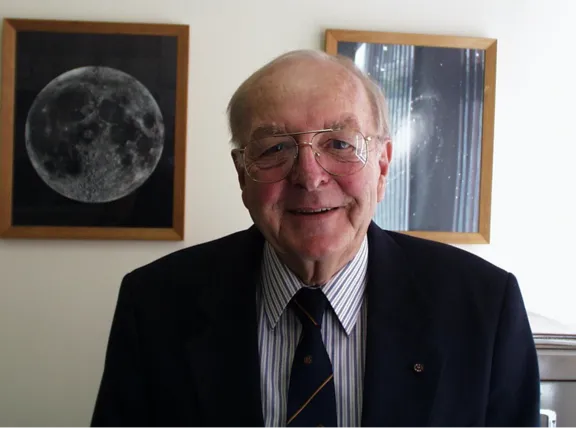
Stuart Ross Taylor (1925–2021) made groundbreaking contributions to understanding Earth’s crust, the Moon, tektites, and the solar system. A Goldschmidt Medalist, prolific author, and mentor, he combined scientific rigor with humility, leaving a lasting legacy in planetary and geochemical research. More…